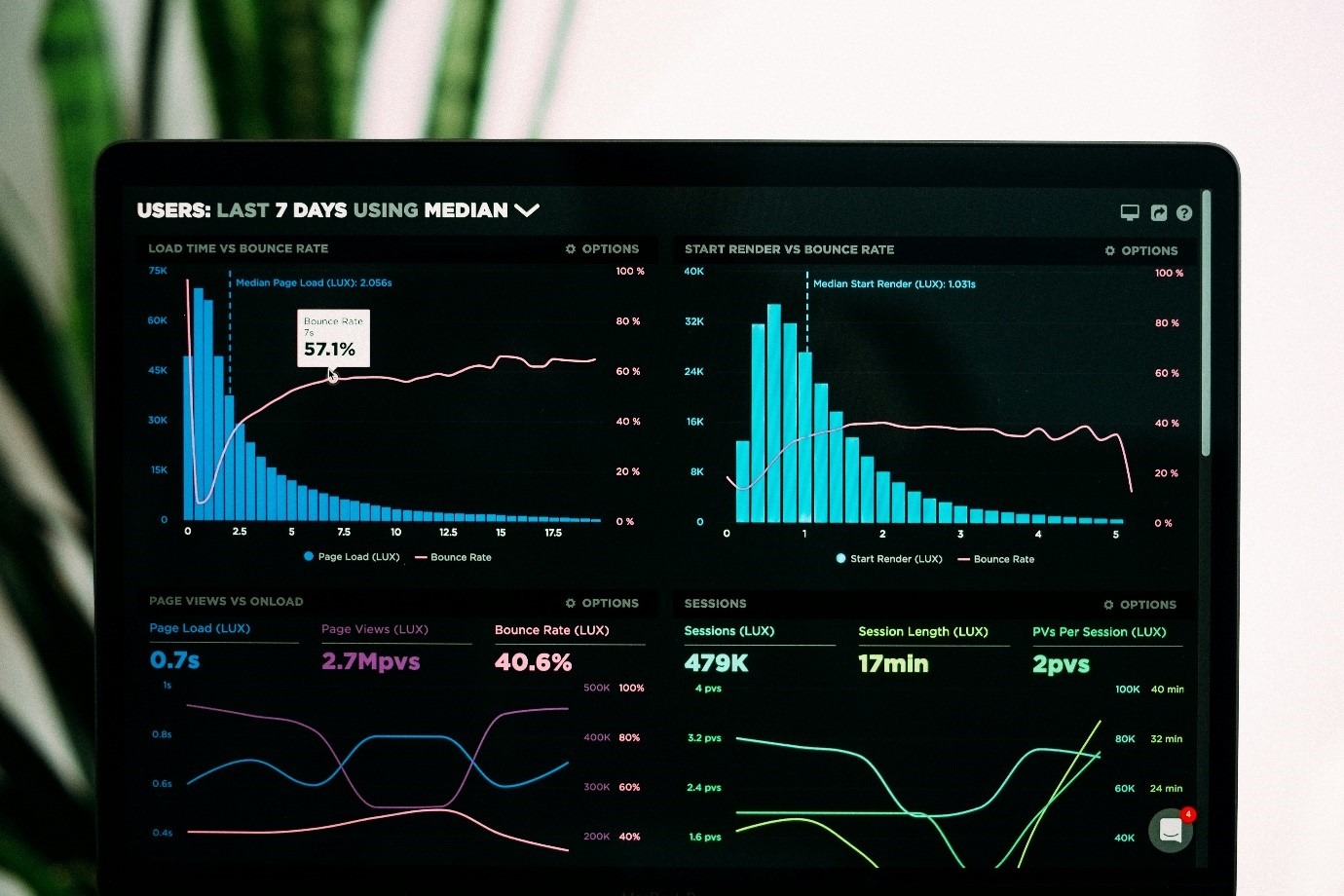- 1. Conduct Proper Effective Keyword Research
- 2. Optimize On-Page Elements
- 3. Create High-Quality, Relevant Content
- 4. Utilize Long-Tail Keywords
- 5. Improve User Experience and Site Structure
- 6. Build Quality Backlinks
- 7. Leverage Social Media to Enhance Visibility
- 8. Optimize for Mobile and Page Speed
- 9. Implement Local SEO Practices
- 10. Monitor Performance and Adjust Strategies
Boosting SEO organic traffic is a key goal for any website owner or digital marketer. It’s a cost-effective way to increase visibility and attract a targeted audience. But how do you effectively increase your organic search traffic?
This article will provide you with 10 proven strategies to enhance your SEO organic traffic. From effective keyword research techniques to on-page optimization, these tips will help you climb the search engine rankings.
1. Conduct Proper Effective Keyword Research
Conducting keyword research is foundational for improving organic SEO traffic. It helps you understand what users are searching for. This insight drives targeted traffic to your site.
First, identify main keywords relevant to your niche. Then, use tools like Google Keyword Planner or SEMrush for more detailed data. These tools can reveal search volumes and competition.
Long-tail keywords often have lower competition and higher conversion rates. They capture more specific queries, which leads to better-targeted traffic.
- Identify main keywords.
- Use keyword research tools.
- Focus on long-tail keywords.
2. Optimize On-Page Elements
On-page optimization plays a crucial role in enhancing organic search traffic. It improves search visibility and user experience. Start with title tags, which should contain primary keywords and be concise yet informative.
Meta descriptions, though not direct ranking factors, impact click-through rates. Ensure they are compelling and describe your page content accurately. Header tags help structure content and make it easier for search engines to understand.
Ensure your images have descriptive alt texts. This not only aids accessibility but also provides additional context for search engines. These steps are essential for boosting SEO organic traffic.
3. Create High-Quality, Relevant Content
Content is king in driving SEO organic traffic. Focus on quality over quantity to engage readers and satisfy search engines. Address user intent by answering their questions and providing solutions.
Effective content is not only informative but also engaging. Use a variety of formats like articles, infographics, and videos to enrich your content. Regularly update your content to keep it fresh and relevant.
Keyword placement is important but avoid overstuffing. Make sure your content flows naturally and reads well for your audience. This approach will foster trust and credibility with your readers.
4. Utilize Long-Tail Keywords
Long-tail keywords capture specific search queries, attracting targeted organic search traffic. They are less competitive, making it easier to rank higher in search results. Users searching these terms are often closer to making decisions.
Incorporating long-tail keywords refines your SEO strategy. These phrases reflect detailed user intent, indicating what users truly seek. They can lead to higher conversion rates due to precise targeting.
Finding effective long-tail keywords requires research and understanding user behavior. Tools like Google Keyword Planner can provide insights and suggestions.
Consistently update your keywords to align with changes in search trends. Craft content around these keywords to tap into niche segments of your audience. This strategic focus can improve organic visibility and engagement.
5. Improve User Experience and Site Structure

A user-friendly website encourages longer visits and reduces bounce rates. These factors play a crucial role in ranking. Clear navigation helps users find what they need quickly.
Site structure also affects how search engines crawl your site. A logical layout aids search engines in understanding and indexing your content. Well-structured sites are more likely to get higher rankings.
Speed is another key component of user experience. Users expect fast-loading pages. Utilize tools like Google’s PageSpeed Insights to assess and improve speed. Enhancing website performance can directly influence organic traffic.
Regularly review user feedback and analytics to identify areas for improvement. Continuous refinement ensures your site meets user expectations and enhances SEO outcomes.
6. Build Quality Backlinks
Quality backlinks are vital for SEO organic traffic growth. These links signal trustworthiness to search engines, enhancing your site’s credibility. They function as endorsements from other reputable sites.

Acquiring backlinks requires strategic efforts. Guest blogging is an effective way to earn authoritative links. Contributing valuable content to other websites not only boosts backlinks but also increases exposure.
Focus on obtaining backlinks from relevant and high-authority sources. Relevance assures search engines of link authenticity, while authority reflects trust.
Concentrate on building relationships within your industry for link-building opportunities.
Monitor your backlink profile regularly to maintain link quality. Use tools like Ahrefs or Moz to identify valuable link sources and disavow harmful ones. Proactive management ensures sustainable SEO benefits.
7. Leverage Social Media to Enhance Visibility
Social media platforms are powerful tools for boosting organic search traffic. They provide opportunities to reach wider audiences and drive traffic to your website. By sharing engaging content on social media, you can increase your website’s visibility.
To leverage social media effectively, create content that resonates with your audience. Understanding what your audience values is crucial. Share blog posts, infographics, or videos that educate or entertain them.
Engagement is key on social media. Respond to comments and interact with followers to build a community. An active social presence can foster brand loyalty and amplify your reach.
Finally, use social media analytics to understand what works best. Platforms like Facebook and Instagram offer insights that can guide your content strategy. By adapting to these insights, you can maximize social media’s impact on your organic SEO traffic.
8. Optimize for Mobile and Page Speed

Today, mobile optimization is crucial for SEO organic traffic. Many users browse the internet via smartphones. Ensuring your website is mobile-friendly can keep them engaged and prevent bounce rates.
Mobile-first indexing by search engines makes mobile optimization vital. Responsive design allows your website to adjust seamlessly to different screen sizes. This enhances user experience significantly and can improve your site ranking.
Page speed is equally important. Slow websites lead to user frustration, causing them to leave before viewing your content. Fast-loading pages retain visitors and improve user satisfaction.
Use tools like Google’s PageSpeed Insights to identify speed issues. These tools provide actionable insights to help you make the necessary improvements. Faster pages help in ranking better and enhancing overall performance.
9. Implement Local SEO Practices
Local SEO is essential for businesses targeting specific geographical locations. Optimizing for local search results can improve your visibility to nearby customers. Begin by setting up and optimizing your Google My Business profile.
Accurate and consistent contact details are crucial. Ensure your business name, address, and phone number are uniform across all online platforms. This consistency helps search engines trust your business information.
Encouraging customer reviews can bolster your local presence. Positive reviews boost your credibility and attract more traffic. Responding to reviews, whether positive or negative, shows you value customer feedback.
Local keywords, such as city or neighborhood names, can boost your relevance in local searches. Incorporate these into your content and meta tags. This local focus helps you stand out to those seeking nearby services or products.
10. Monitor Performance and Adjust Strategies
Regular monitoring is key to sustaining SEO organic traffic growth. Use analytics tools to track important metrics like bounce rate and conversion rate. These insights reveal what strategies are working and where improvements are needed.
Google Analytics and Google Search Console are excellent for gaining traffic insights. They provide data on user behavior and search performance. Regularly reviewing this data helps you identify trends.
SEO is dynamic, so flexibility is crucial. Adapt strategies according to insights and industry changes. Keeping your approach fresh ensures continued success.
Consistent evaluation and adjustment of your SEO tactics maintain their effectiveness. Stay ahead of the competition by not becoming complacent with your current strategies.
Last Remarks
Boosting SEO organic traffic involves various strategies. Each plays a significant role in improving your website’s visibility. Through diligent application of these tactics, significant results can be achieved.
Stay committed and patient. SEO success doesn’t happen overnight but is very rewarding with persistence. Implement these strategies and watch your organic traffic grow.
FAQ
How long does it take to see results from organic traffic strategies?
Results vary based on effort and competition. Generally, noticeable improvements in organic traffic can take several months. Persistence and consistent application of SEO tactics are crucial for long-term success.
What are the best tools to increase organic traffic?
There are several effective tools available. Google Analytics provides insights into user behavior. SEMrush is excellent for competitive analysis. Both tools, among others, can guide your strategy adjustments effectively.

Un éminent SEO et analyste commercial avec plus de 5 ans d'expérience aidant les entreprises à atteindre leur croissance



